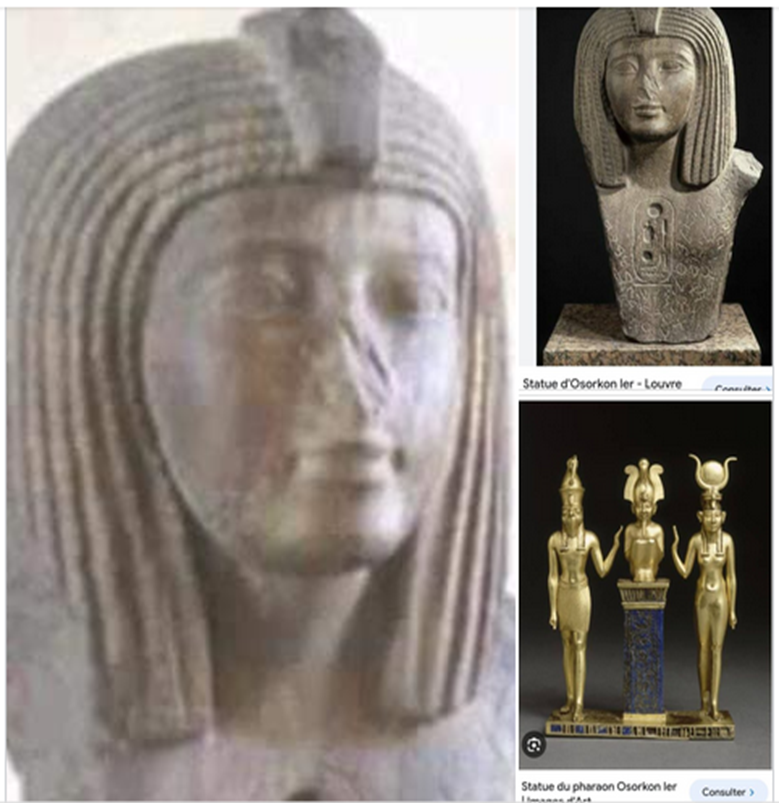Osorkon I, an Amazigh king, builder of the 22nd Egyptian dynasty

Osorkon I, second king of the 22nd dynasty, succeeded his father, Chechonq I, around the year 924 BCE. In order to legitimize this new dynasty, originating from Boubastis, in the Nile Delta, Chéchonq had married his son with the daughter of Psusennes II, the last king of the 21st dynasty, named Maatkaré. From this union, a son was born: the future Chechonq II. Osorkon I had two other wives: Shepensopedet and Tashedkhonsu. The second was the mother of a second prince who acceded to the throne: Takelot I. Osorkon I probably associated his son Chechonq II with power. The latter died shortly before his father, so it was Takelot I who succeeded Osorkon I.
The duration of Osorkon I's reign remains uncertain. For many researchers (Grimal, Kitchen, Yoyotte, Barta), he was king for 35 years. Klaus Baer, who refuses any idea of co-royalty with Chechonq II, attributes to him a reign of 15 years. Finally, Flinders Petrie proposed a duration of 36 years. Ancient sources are quite rare. An inscription from the Karnak nilometer refers to the year 15 of Osorkon I. On a mummy strip found at the Ramesseum, the year 35 of the king is mentioned. Finally, a stele kept at the Petrie Museum in London mentions the year 26 of the king (old reading: year 36). The historian Manetho granted Osorkon a reign of 15 years. It therefore seems that the second king of the 22nd dynasty remained on the throne for at least 35 years.
Osorkon I was a builder king. In Boubastis, he built a sanctuary for Amon. Only one column of this construction was found by E. Naville. The king also had many walls of the great temple of the goddess Bastet decorated and added a hypostyle room to the building. In Memphis, the ancient capital, he had a chapel built for Bastet. A lintel of this is exhibited in Munich. A small bronze statuette of the king was found at Shibin el-Qanatir, in the eastern Delta. It is now on display at the Brooklyn Museum.
In Middle Egypt, Osorkon enlarged the temple of Isis at Atfih. He continued his father's work at el-Hibeh. He built a fortress, Pi-Sekhemkheperré, probably located north of Herakleopolis Magna. Its location still remains unknown. But its aim was to control and monitor the rich agricultural lands of Fayoum. At Coptos, Osorkon I restored elements of the temple of Min built at the time of Thutmose III (18th dynasty).
Source: websites

